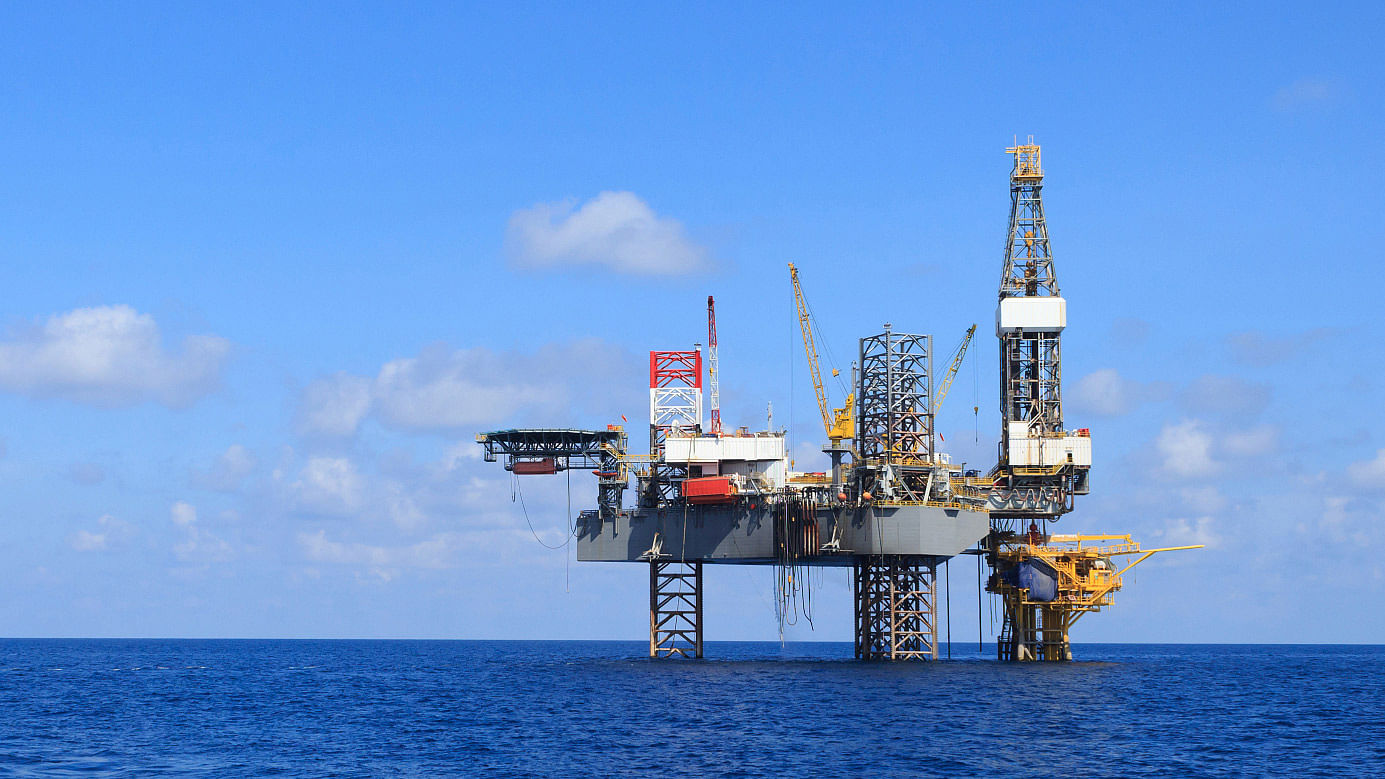Experts Believe It is Possible Gas Fields Exist in West Bengal
The presence of hydrocarbons in the West Bengal basin could somewhat ease the country’s energy security concerns.

There is a high possibility that hydrocarbons exist in the West Bengal basin, says Naresh Ghose, an eminent geogolist who has worked extensively in the eastern part of India. The finding could somewhat ease the country’s energy security concerns.
A retired professor of Geology of Patna University, Ghose’s specific indication for this is based upon his studies on the Rajmahal basalts in Jharkhand, adjoining the West Bengal basin.
Basalts are volcanic rocks and the Rajmahal basalts form a part of the gigantic flood basalt province that erupted at the Eastern Indian Shield about 120 million years ago.
The eruption coincided with the breaking away of the ‘Gondwana’ supercontinent, formation of the Indian Ocean and separation of the Indian shield from Western Australia and Eastern Antarctica.
The exposed lava flows currently occupy an area of 4,300 sq km in Jharkhand. The presence of hydrocarbons in this region is based on interpretation of fragments of volcanic rocks called ‘pyroclasts’ and sediments deposited between the successive lava flows, composed of shale, mudstone, black shale, siltstone, sandstone, bentonite (altered volcanic glass) and peperite (alternation of lava and unconsolidated sediment).
Subsurface extension of Rajmahal basalts are recorded below the Ganga alluvium in the north up to Purnia and to the east and south below the Bengal Basin, he said.
The presence of ‘oolite’, as thin inter-trappean bed in association with shale, siltstone and semi-consolidated sediments in the basal part of the lava sequence in the western and the eastern margins of the volcanic provinces, is evidence of shallow marine depositional environment during the early eruptive phase.
“My prediction has proved to be correct from the recent announcement of Essar Oil of its discovery of huge reserves of shale gas in the Raniganj area below the coal-bearing strata,” he said.
“The oil and gas resources in the coastal areas of Mumbai, gas fields of the Krishna-Godavari basins in the east coast and almost the entire coal resource (except lignite) and coal-bed methane in the Damodar valley coal-fields (Jharkhand) and Madhya Pradesh are directly related to heat source from these two major volcanic events,” he added.
The vast area of the Indian subcontinent has a great potential of preserving the inert gas helium in favourable structures which requires a vision for proper exploration by seismic imaging and remote sensing study to identify the gas fields, he said.
(At The Quint, we are answerable only to our audience. Play an active role in shaping our journalism by becoming a member. Because the truth is worth it.)